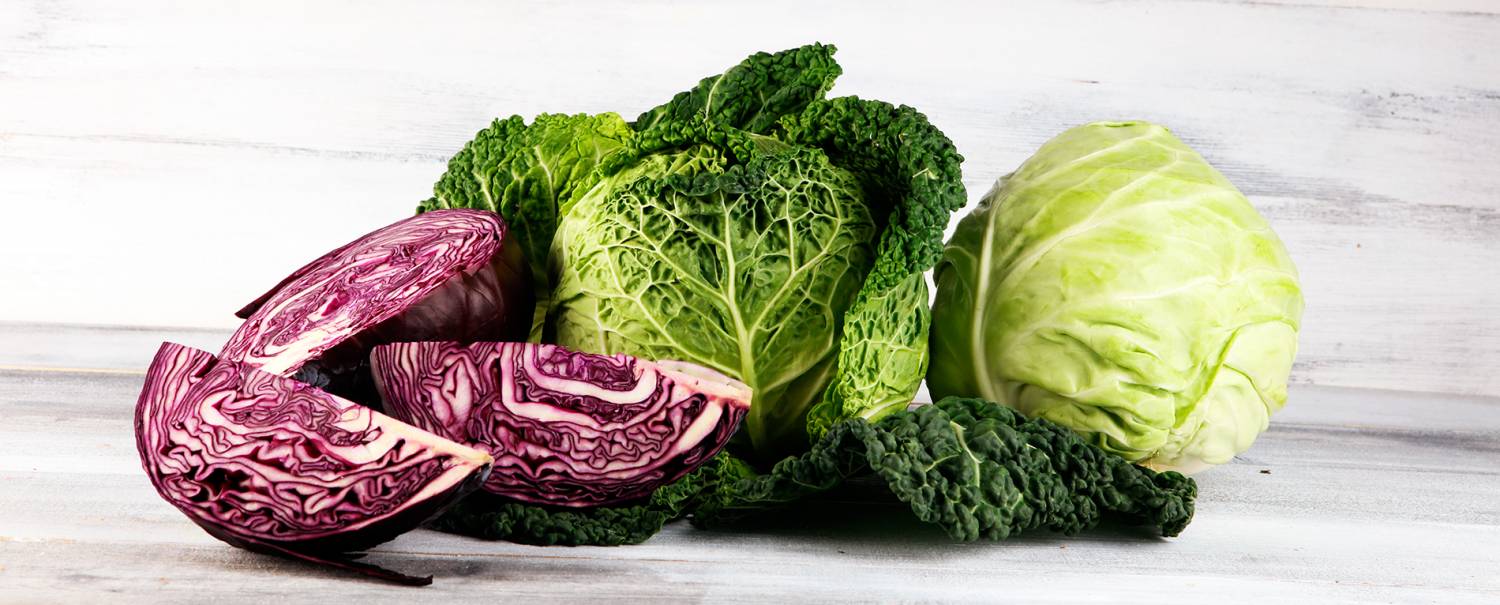Properties of cabbage
Cabbage is a food rich in vitamins and it contains many beneficial properties both for the health of both adults and children. Take note!
fresh food
Share
Cabbage is one of the oldest vegetables, with origins going back to 4000 BC in Shensi, a province of China. Its properties have been known since the times of Ancient Greece when the fresh juice of the white cabbage was used for eye infections. The Romans and Egyptians also used the liquid to avoid their emperors and pharaohs being poisoned.
The vegetable is rich in vitamins A, C and B6 as well as in minerals such as calcium and potassium. It consists of around 92% water, a lot of fibre and is low in calories and carbohydrates

Existing types of cabbage family
- Cabbage: The best-known type. There are two kinds: early (with small heads) and late ones (with larger heads).
- Cauliflower: You can find this in different colours (white, purple, green). It is very low in calories and contains a large amount of nutrients.
- Brussels sprouts: Originating from Belgium they are the smallest of all the cabbage family.
- Purple cabbage: Its leaves contain a pigment known as anthocyanin which gives them their characteristic purple colour.
- Savoy cabbage: Is used mostly in casseroles and stews. Its leaves are dark or light green in colour.
- Cauliflower: You can find this in different colours (white, purple, green). It is very low in calories and contains a large amount of nutrients.
- Brussels sprouts: Originating from Belgium they are the smallest of all the cabbage family.
- Purple cabbage: Its leaves contain a pigment known as anthocyanin which gives them their characteristic purple colour.
- Savoy cabbage: Is used mostly in casseroles and stews. Its leaves are dark or light green in colour.

Health benefits of cabbage
Improves sight
Cabbage is a source of vitamin A which contributes to the maintenance of sight under normal conditions.
Strengthens bones
Calcium is required for the normal growth and development of children’s bones. It also contributes to the normal functioning of muscles, neurotransmission and digestive enzymes.
Healthy blood pressure
Once again, we recall the great ally of the cabbage, potassium. This mineral contributes to the maintenance of normal blood pressure, as well as aiding the normal functioning of the nervous system and the muscles.
What is the best way of eating cabbage?
The most recommended way is to eat it is raw or lightly boiled, as it will not lose any of its benefits. However, it is also delicious steamed or roasted. This last way of eating it is one of the most attractive for children. It can be minced and turned into an alternative to rice for a Cuban-style dish, or it can even be made into a pizza base.







